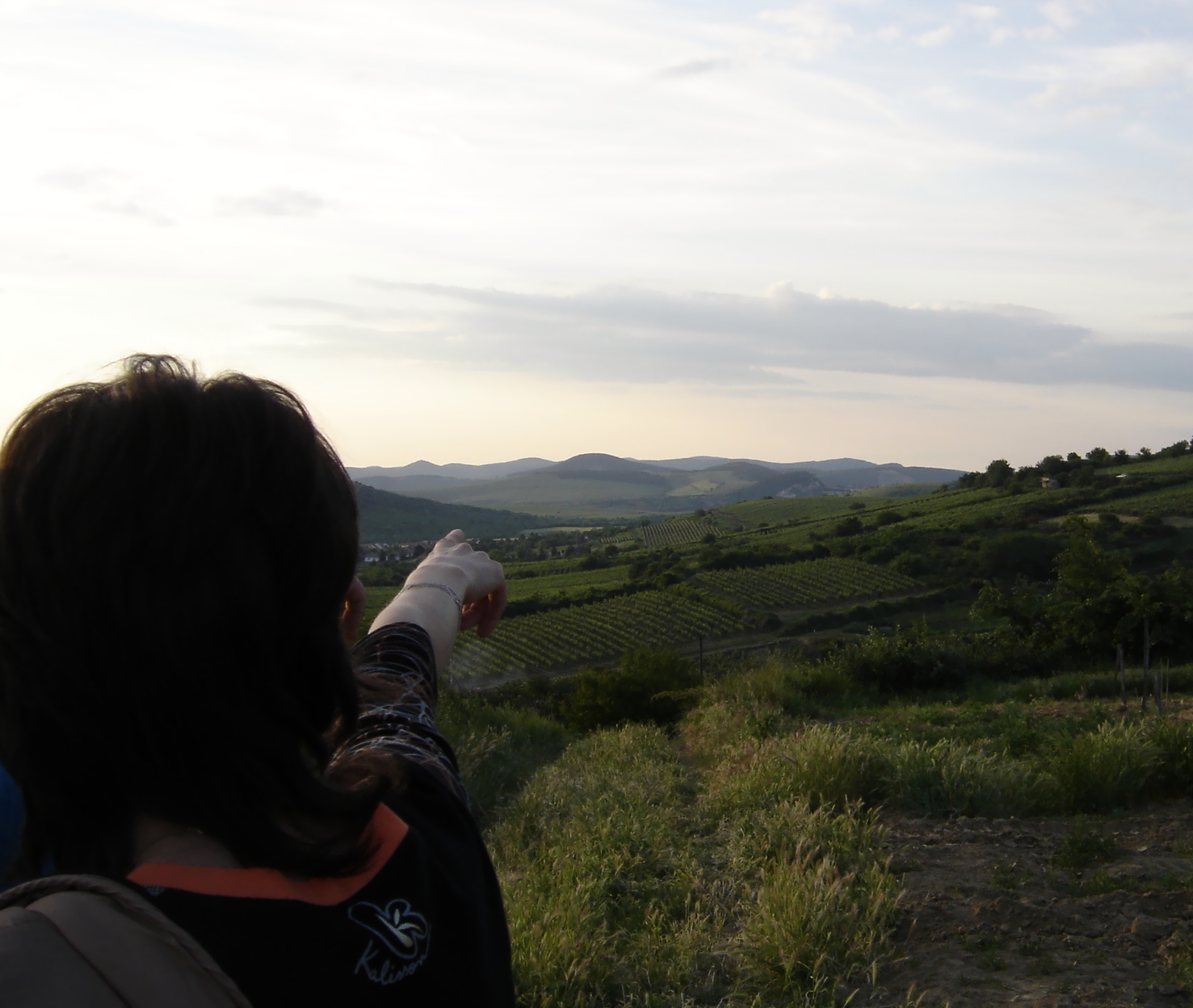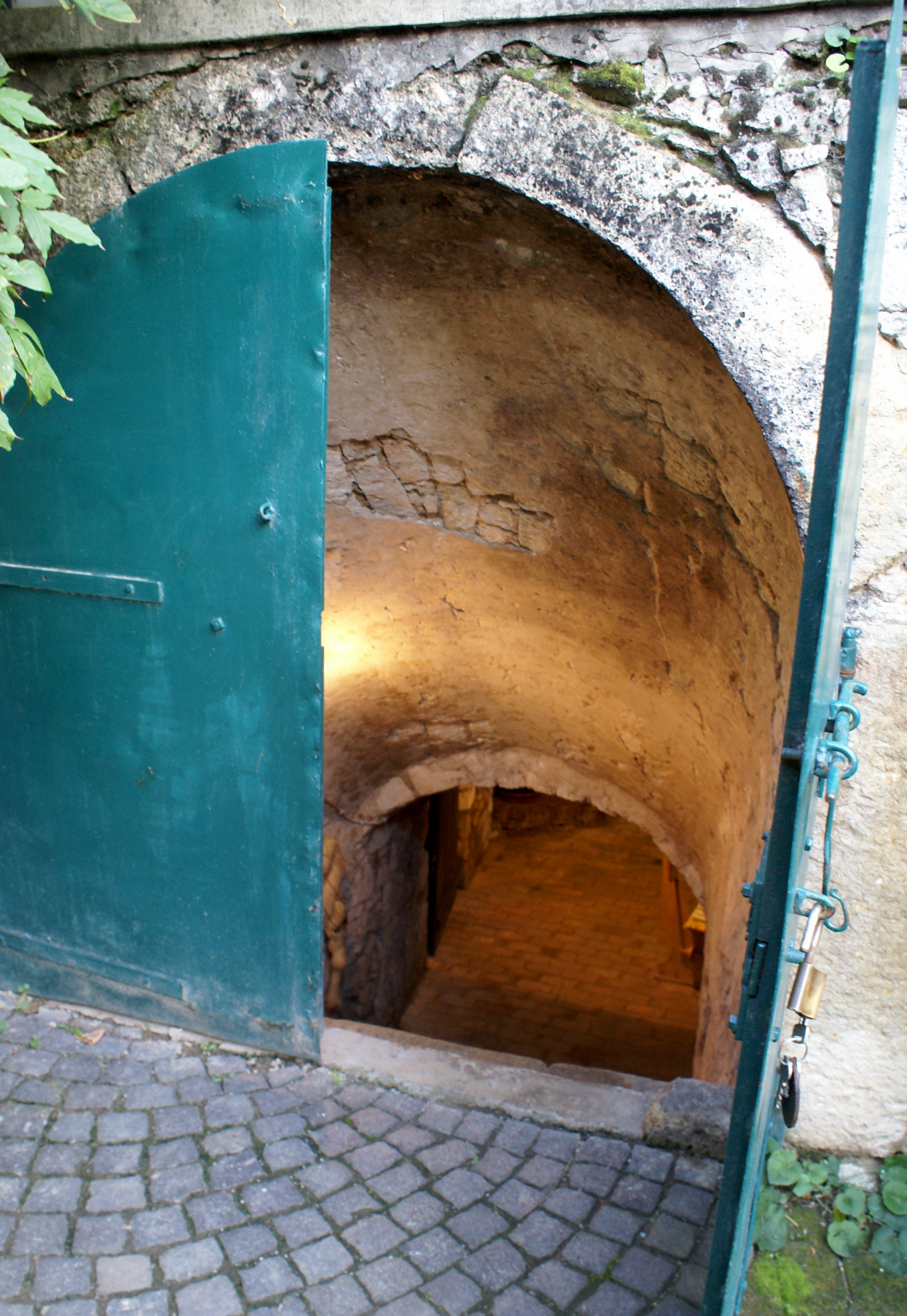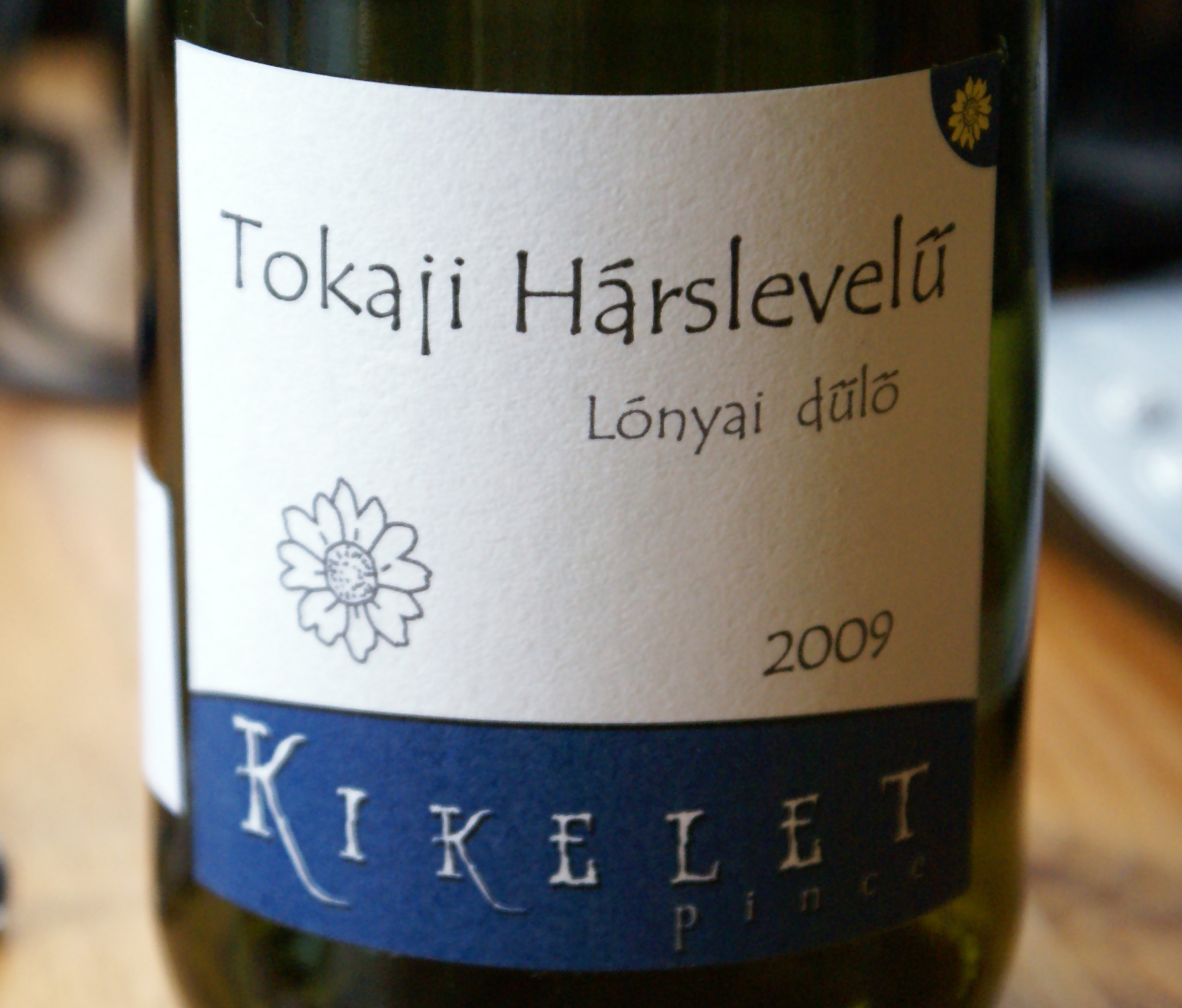A star is born
Posted on 2 June 2011
Stéphanie Berecz is one of my wine heroes. For many years out of the limelight in Tokaj, she and her husband Zsolt slowly but steadily developed their own estate and, more importantly, style. Today they are emerging as one of the most fascinating independent voices in Hungarian wine. An important reward is on its way today for this boutique family estate of just a few hectares.
This French winemaker came to Tokaj in the 1990s and produced some lovely wines for the large AXA-owned Disznókő winery. But the call of independence was strong and the Kikelet estate was soon established in 1998 when 2 ha of vineyards were purchased by Stéphanie and Zsolt in the latter’s home town of Tarcal, with 100% loess soil. (Most Tokaj vineyards are on volcanic nyirok clay, and it’s traditionally been considered that loess gives a more feeble, inferior style of wine). The Fekete vineyard is located above a graveyard at the center of the town; on the other side of the crest is Váti, and a bit farther is Lestár, both looking full south. These three plots have very fine powdery loess soil with occasional white pebbles and blue andesite in the Farkas parcel within the Fekete. Located further north towards Disznókő is Lónyai (rhyolite not andesite in the subsoil). Between 1998 and 2001 grapes were sold to large companies, with 2002 the first in-house vintage. “Nobody ever tried to produce a 100% Tarcal wine in the modern style, and we had no idea what it could give”, says Stéphanie. Currently the Bereczs grow vines on 4.5 hectares. The small but neat cellar is located under the 250-year-old Berecz family house.
When I first tasted here in 2005 on the recommendation of Samuel Tinon, Stéphanie showed me an impressive sweet 2003 Szamorodni (essentially a declassified aszú wine), a lovely, perfumed, balanced, feminine 2002 Aszú 5P, and a delicious dry 2004 Hárslevelű that for several years became my benchmark for this tricky variety. Last winter the range had grown to no fewer than 15 labels, partly because of Stéphanie’s restless perfectionism, partly her obsession with reflecting terroir. Although single-vineyard Furmint and, to a lesser extent, sweet Tokaj has become widespread in Tokaj, I’d argue that loess terroirs are even more interesting than volcanic soils because of the subtlety and precision they bring to the wine.
Tasting with Stéphanie is a fun and educational experience. It’s a good occasion to brush up your French wine vocabulary, nurturing the fine differences between a Furmint that is serré and fermé: it’s an old adage that language governs our perception and if it weren’t for the finesse of some French adjectives it all would appear much simpler than it actually is. Then there is that never-ending quest for perfection. We discuss the timing and intensity of pressing grapes; the timing and fragility of must oxidation; the timing and kinetics of harvest; the touchy nature of fermenting Hárslevelű and the stubbornness of Furmint. László Mészarós of Disznókő might have everything well-organised; István Szepsy seems to get away lucky from any difficult situation but for Stéphanie Berecz, wine production is a fine balancing act where quality is made by a million minor touches.
I remain impressed by Stéphanie’s Hárslevelűs including the balmy, richly appley 2008 Váti, the structured, mineral, un-sugary 2009 Váti félszáraz (semi-dry), and the majestic 2009 Lónyai with superb length and considerable richness, though it’s not a Viognier-wannabe as many Hárslevelűs these days. But Kikelet’s dry Furmints have also been improving by leaps and bounds. I’m especially happy with the 2009s here. The Váti picks something of the flowery perfumed exuberance of the Hárslevelű; the Farkas is a more no-nonsense effort with some vegetal sap, but also higher residual sugar and a touch of buttery botrytis so it’s a bigger wine. If it’s often argued that Furmint on loess gives a more effusive wine that never equals the minerality of volcanic soil, the 2009 Farkas proves the contrary. At 2650 forints (10€) it’s currently one of the very best Tokaj buys.
Stéphanie has the assured hand of a great winemaker. She also bottles some semi-dry and lightly sweet wines that invariably successful even when the style might seem slightly awkward: it’s the case of the 2007 Váti félédes (a semi-sweet blend of Hárs and Furmint) as well as a winning series of Késői Szüretélésű (late harvest wines) that I’d rather see at the dinner table with savoury (perhaps Asian) dishes than at dessert. Finally there are the proper botrytised wines. Here the lightness of touch and elegant fruitiness guaranteed by loess become an even greater asset. The 2004 5 Puttonyos is a worthy follower of the 2002 that stunned me when I first met Stéphanie. The 2007 6P, slightly more concentrated, is another great effort. I was proven the class of these wines on two occasions. At the WINO Magazine Awards here in Poland last October the 2004 5P was my best sweet wine of the tasting despite competing with a mightily concentrated 2005 TBA from Heinz Velich in Austria’s Burgenland, and some sweeter Tokajs from Château Pajzos and Royal Tokaji Wine Co. Its magisterial balance of sweet, salty and mineral haunted me for several hours after the tasting.
More recently, Kikelet’s 2007 6P competed honourably with an impressive line-up of sweet Tokajs at the 2011 Pannon Bormustra. The 2006 Lapis from Királyudvar might have twice the amount of sugar (!), Royal’s 2003 Mézes Mály more complexity from the extra ageing, and the Tokaj Nobilis 2007 6P be altogether more sensual and textured but the experienced Bormustra jury endorsed that fine filigree balance and chiaroscuro mineral spice of Kikelet. It’s as if Martina Hingis defeated Sampras playing a badminton racket. Kudos!
Disclosure
Wine tasting during several visits kindly offered by Kikelet. Several cases of Kikelet wine purchased at the winery and from their Polish importer were my own expense. My day trip to Budapest and Pannon Bormustra winners’ tasting sponsored by the competition’s organiser.




